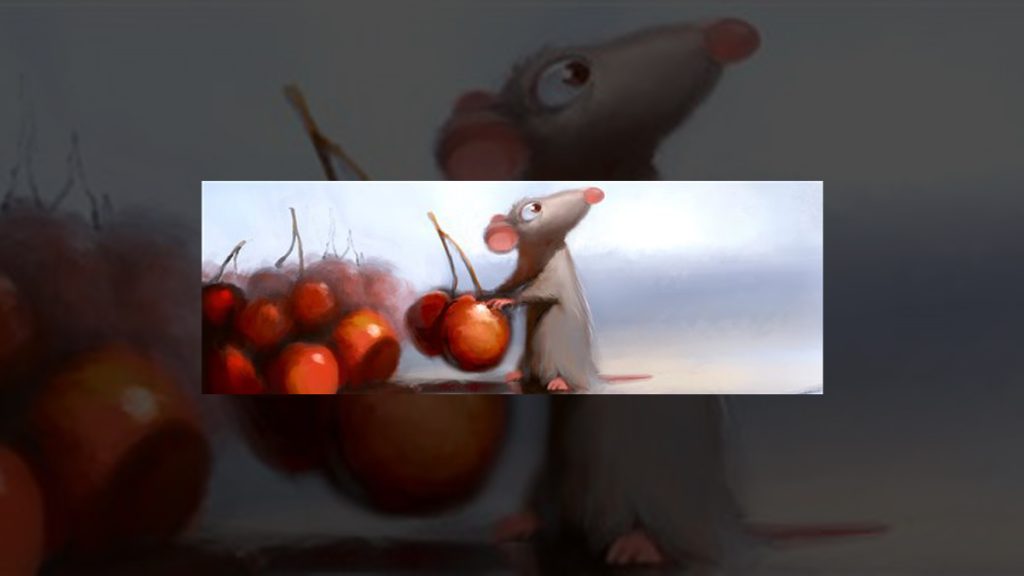

Pixar: The Design of Story
Examining
the collaborative design process behind Pixar Animation Studios, Cooper
Hewitt, Smithsonian Design Museum presents “Pixar: The Design of
Story,” from Oct. 8, 2015 through Aug. 7, 2016.
Featuring original artwork, including rarely seen hand-drawn sketches,
paintings and sculptures, the exhibition reveals how Pixar develops
popular characters, fosters emotional connection to its films and,
ultimately, how the design process is at the studio’s core.
Through concept art from films such as Toy Story, Wall-E, Up, Brave, The Incredibles and Cars,
among others, the exhibition will focus on Pixar’s process of
iteration, collaboration and research, and is organized into
three key design principles: story, believability and appeal. The
exhibition will be on view in the museum’s immersive Process Lab-an
interactive space that was launched with the transformed Cooper Hewitt
in December 2014-whose rotating exhibitions engage
visitors with activities that focus on the design process, emphasizing
the role of experimentation in design thinking and making.
“The Process Lab offers dynamic and participatory experiences for
visitors of diverse ages and abilities, showing how designers develop
ideas through testing, prototyping, and finding inspiration in the world
around them,” said Caroline Baumann, director of
Cooper Hewitt. “With Pixar’s two film releases this year, it is the
perfect time to go behind the studio’s practices and investigate how
they arrive at design details, such as Merida’s fiery red hair in Brave and the ‘mind world’ in Inside Out,
while also showing how they serve a particular story.”

Ricky Nierva, Riley and Emotions, “Inside Out,” 2015. Reproduction of watercolor and marker on paper.
Copyright:Disney/Pixar
“At Pixar, the visual design process and the story development process
work hand in hand from the very earliest stages,” said John Lasseter,
chief creative officer of Pixar Animation Studios. “We’re very excited
to work with Cooper Hewitt on this exhibition,
which will give people an inside look at one of the studio’s most
important relationships.”
Lou Romano, colorscript, “The Incredibles,” 2004. Digital painting.
sculptures
of Woody from Toy Story; and model packets and detailed drawings from Wall-E, showing the iteration process that increased the believability of Wall-E’s mechanical functions. Interactive
stations in the gallery will focus on the three
design tools of research, iteration and collaboration.
Jay Shuster, WALL-E Arm Option, “WALL-E,” 2008.
Reproduction of correction fluid, ink and marker on paper.
Visitors will
also be able to engage with an 84-inch touch-screen table and explore
more than 450 pieces of artwork from Pixar, as well as learn about
related objects from Cooper Hewitt’s collection.
Tia W. Kratter, Ornament Valley, “Cars,” 2006. Reproduction of acrylic on board.
In part of the Process Lab once occupied by Andrew Carnegie’s office, the museum will be screening Luxo Jr.,
Pixar’s groundbreaking short film from 1986, allowing visitors to see
the origins of Pixar’s design process that remain in place today.
Throughout the fall, a suite of public programs will be offered in
conjunction with the exhibition, including a conversation with John
Lasseter Nov. 12, and a week long series of hands-on workshops for all ages led by creative staff from Pixar, as part of the
museum’s ongoing Design by Hand series.
Co-published by Cooper Hewitt and Chronicle Books, a children’s activity book, Design of Story: A Pixar Design Activity Book,
will share Pixar’s design principles, tools and stunning art as well as
tips and techniques from designers that will prompt hours
of creativity. With a foreword by John Lasseter and introduction by
award-winning designer Michael Bierut, the book will be available at SHOP Cooper Hewitt in October 2015, and distributed widely by Chronicle in spring 2016.
Process Lab is made possible by major support from Alice Gottesman.
Design by Hand is made possible by the support of Van Cleef & Arpels.
